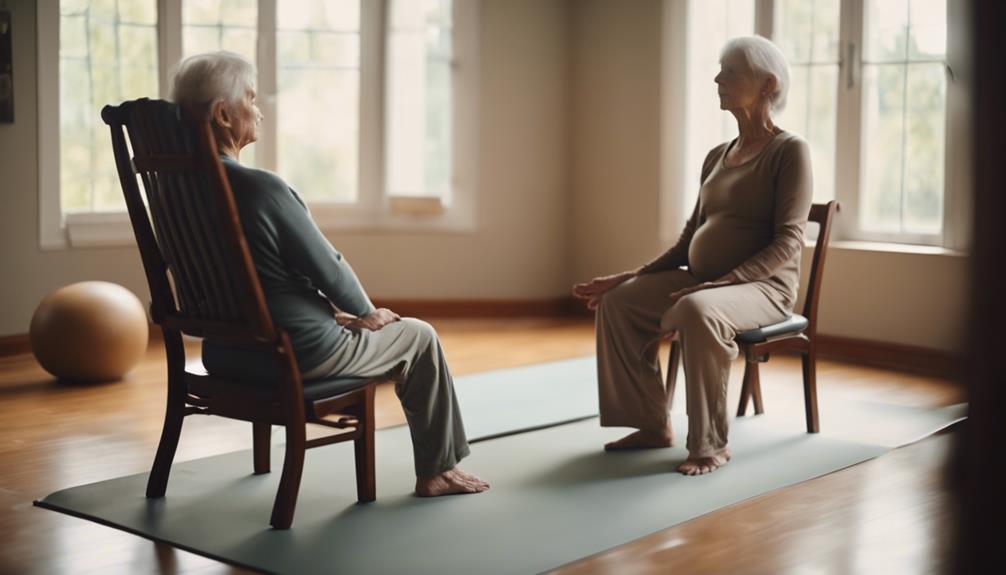How Long Yoga Session

Yoga has become an increasingly popular practice for those seeking physical fitness, mental clarity, and spiritual growth. However, a common question that arises among practitioners, both new and seasoned, is: “How long should a yoga session be?” This article aims to explore the optimal duration for a yoga session, helping you tailor your practice to meet your individual needs and goals.
Factors Influencing Yoga Session Duration
When considering how long your yoga session should last, various factors come into play. Your experience level, fitness goals, and the style of yoga you choose all influence the ideal duration. Beginners may benefit from shorter sessions of 30-45 minutes, allowing them to build endurance and familiarity with poses. Conversely, experienced practitioners may prefer longer sessions of 60-90 minutes to deepen their practice. Additionally, specific styles of yoga, such as Ashtanga or Power Yoga, often require more time due to their dynamic nature. Understanding these factors can help you determine the best session length for your personal journey.
Benefits of Short Yoga Sessions
Short yoga sessions, typically lasting 20-30 minutes, can still provide significant benefits. Many practitioners find that even a brief session can enhance flexibility, improve circulation, and elevate mood. Shorter sessions are especially useful for those with busy schedules, allowing them to incorporate yoga into their daily routine without feeling overwhelmed. For beginners or those looking to manage stress, a short, focused practice can be more effective than a lengthy session that may lead to fatigue or frustration. By integrating short sessions into your week, you can create a sustainable yoga habit that supports your well-being.
The Advantages of Longer Yoga Sessions
On the other hand, longer yoga sessions provide a unique set of advantages. A typical 60-90 minute session allows for a more comprehensive exploration of poses, breathing techniques, and mindfulness practices. With more time on the mat, practitioners can delve deeper into each pose, ensuring proper alignment and understanding the nuances of their practice. Longer sessions also provide an opportunity for meditation and relaxation, essential components of yoga that are often overlooked in shorter practices. If you have the time and inclination, committing to longer sessions can lead to greater physical and mental benefits.
Related Posts:
Finding the Right Balance
Finding the right balance between short and long yoga sessions is crucial for a sustainable practice. It’s essential to listen to your body and recognize the days when you need a quick stretch versus those when you can dedicate more time to your practice. A balanced approach might include a mix of shorter sessions during the week paired with a longer session over the weekend. This strategy allows you to maintain consistency while also reaping the benefits of deeper practice when your schedule permits. Ultimately, the key is to find what works best for you.
Yoga for Specific Goals: Duration Matters
Different yoga goals might require different session lengths. For instance, if your primary aim is to increase flexibility, you may want to dedicate 60-90 minutes to your practice, focusing on deeper stretches and hold times. Alternatively, if your goal is to manage stress or enhance mindfulness, shorter sessions of 20-30 minutes can be sufficient. Tailoring the duration of your yoga session to align with your specific goals can maximize the impact of your practice, making it more effective and enjoyable.
Setting a Routine: Consistency is Key
Regardless of how long your yoga session lasts, establishing a consistent routine is vital. Consistency helps build muscle memory, enhances flexibility, and fosters a deeper connection to your practice. Whether you choose to practice for 20 minutes daily or dedicate 60 minutes three times a week, the key is to make yoga a regular part of your life. Consider scheduling your sessions at the same time each day or week to create a habit. By staying consistent, you can ensure that your yoga practice continues to evolve and benefit you over time.
Listening to Your Body: The Importance of Adaptability
Another essential aspect of determining how long your yoga session should be is the ability to listen to your body. Yoga is not a one-size-fits-all practice; what works for one person may not work for another. Some days you may feel energized and ready for a longer session, while other days might call for a more gentle approach. Recognizing your body’s signals is crucial in avoiding injury and ensuring a positive experience. Adapting your session length based on how you feel can lead to a more fulfilling practice and greater overall satisfaction.
Conclusion: Crafting Your Perfect Yoga Session
In conclusion, the question of how long a yoga session should be is subjective and varies based on individual needs, goals, and circumstances. Whether you choose short sessions for their convenience or longer ones for their depth, the most important thing is to find a routine that resonates with you. By understanding the factors that influence session duration and applying the insights shared in this article, you can craft a yoga practice that not only enhances your physical health but also nurtures your mental and spiritual well-being. Embrace the journey of yoga and let your practice evolve as you do.Yoga For AnxietyYoga InstructorWhy Is Yoga Jones In Prison